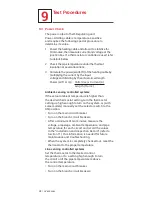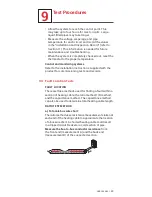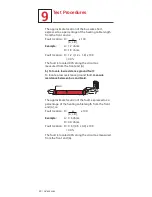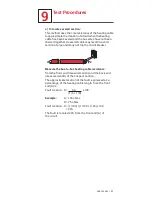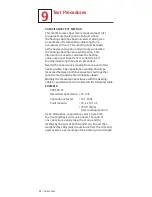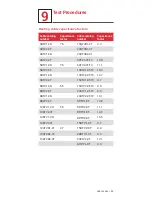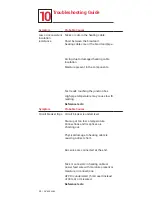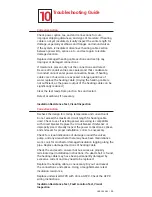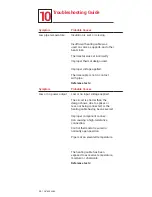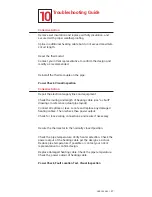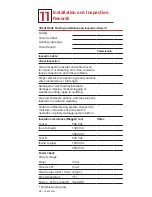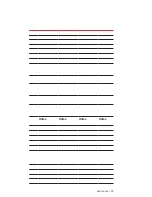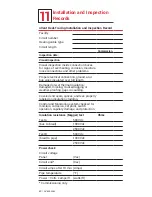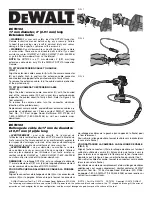
Test Procedures
9
nVent.com | 25
9.1 Visual Inspection
• Check inside heating cable components for proper
installation, overheating, corrosion, moisture, and
loose connections.
• Check the electrical connections to ensure that
ground and bus wires are insulated over their full
length.
• Check for damaged or wet thermal insulation;
damaged, missing or cracked lagging and
weather-proofing.
• Check that end seals, splices, and tees are
properly labeled on insulation cladding.
• Check control and monitoring system for moisture,
corrosion, set point, switch operation and capillary
damage.
9.2 Insulation Resistance (Megger) Test
Frequency
Insulation resistance testing is recommended at
five stages during the installation process and as part
of regularly scheduled maintenance.
• Before installing the cable
• Before installing components
• Before installing the thermal insulation
• After installing the thermal insulation
• Prior to initial start-up (commissioning)
• As part of the regular system inspection
• After any maintenance or repair work
Procedure
Insulation resistance testing (using a megohmmeter)
should be conducted at three voltages; 500, 1000, and
2500 Vdc. Significant problems may not be detected if
testing is done only at 500 and 1000 volts.
First measure the resistance between the heating
cable bus wires and the braid (Test A) then measure the
insulation resistance between the braid and the metal
pipe (Test B). Do not allow test leads to touch junction
box, which can cause inaccurate readings.


















